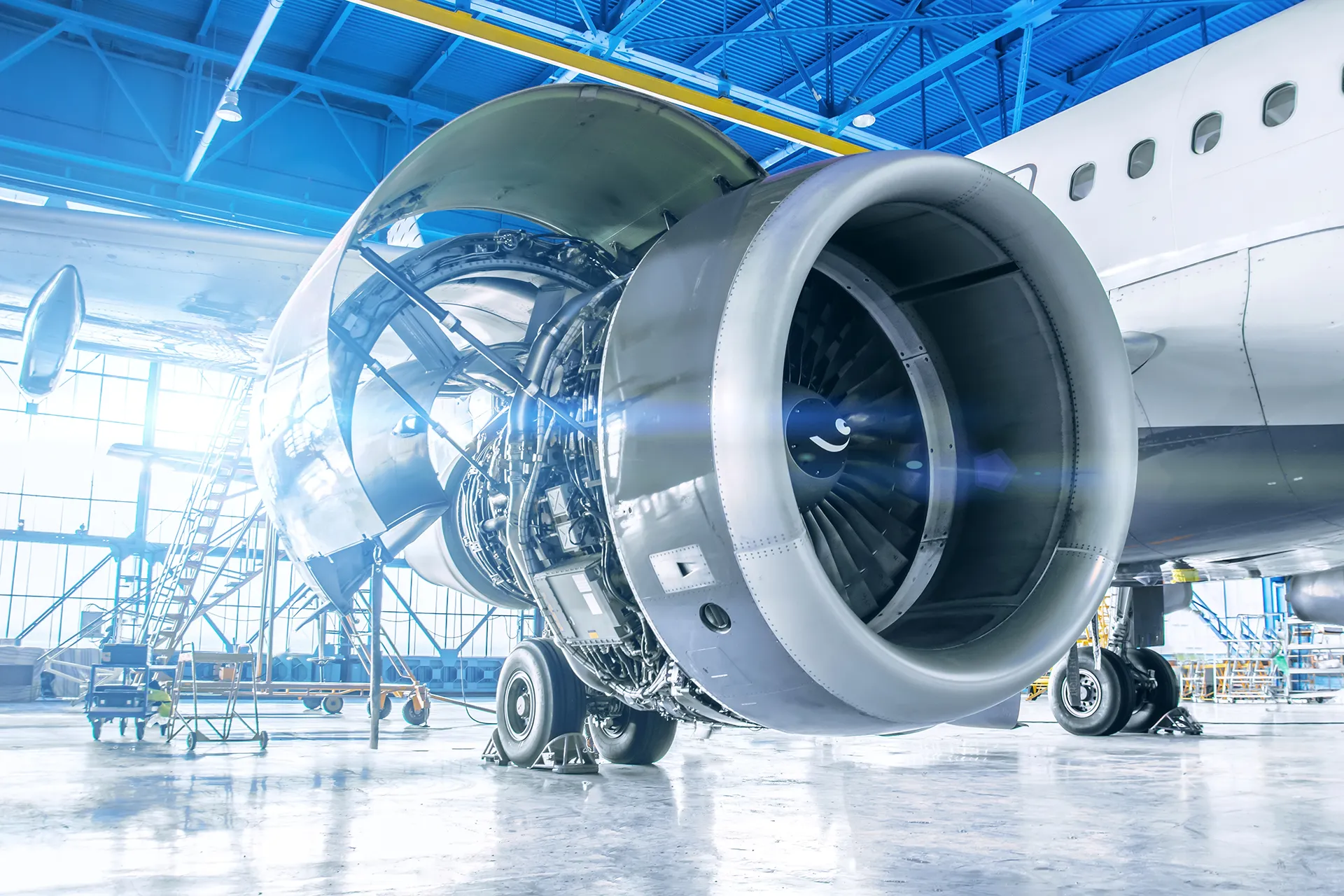
Plastics in
aviation
Plastics in aviation
In the aviation industry, performance, safety, and efficiency are critical. Plastics play an indispensable role in achieving these goals, thanks to their unique combination of properties that contribute to lighter, stronger, and more durable aircraft. Since the introduction of advanced plastics in the aviation industry, manufacturers have gained unprecedented freedom to implement innovative designs and technologies. From structural parts to internal components, plastics have become an integral part of this high-tech industry.
Key Properties of Plastics in Aviation
Weight Reduction: Plastics are significantly lighter than traditional materials such as aluminum and steel. Using lighter materials results in reduced fuel consumption and increased efficiency, leading to lower operational costs and reduced greenhouse gas emissions.
Strength and Durability: Many plastics, such as fiber-reinforced plastics (e.g., carbon fiber composites), offer an excellent strength-to-weight ratio. This enables the construction of stronger and more durable aircraft without adding extra weight.
Corrosion Resistance: Plastics resist corrosion and rust, making them ideal for aviation applications where components are exposed to extreme weather conditions and humidity.
Design Flexibility: Plastics can be molded or shaped into various forms and structures, giving designers greater freedom to create aerodynamic shapes and innovative structures that enhance aircraft performance.
Cost Savings and Maintenance: Since plastics are less prone to corrosion and often require less maintenance, airlines can save on maintenance and repair costs. This also improves the safety and reliability of aircraft.
Plastics Supplied by Profplastic to the Aviation Industry
Plastics provided by Profplastic to the aviation sector include:
- HMPE
- HDPE
- PS
- PEEK
- PAI
- PSU
- POM
- PETP
Summary
In summary, the use of plastics in aviation significantly enhances the efficiency, safety, and sustainability of modern aircraft.
Curious about the plastics Profplastic supplies to the aviation industry? Contact us today!
